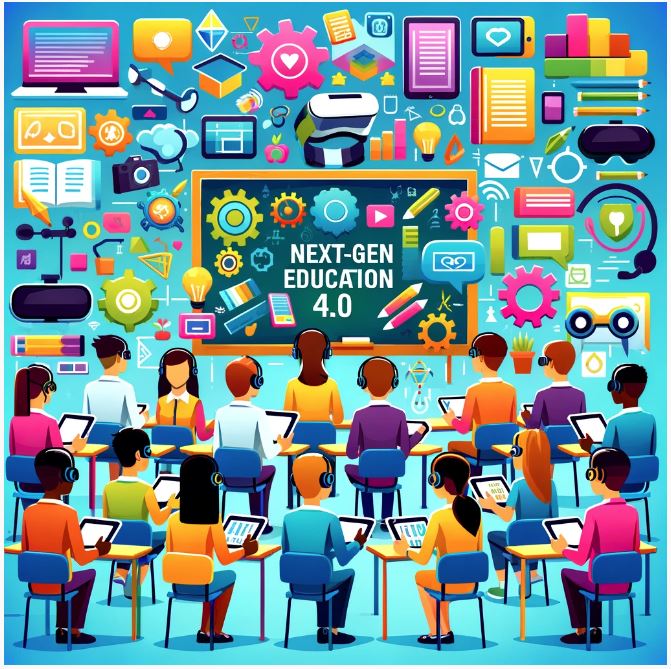In the rapidly evolving educational landscape, Education 4.0 marks a significant milestone, blending traditional pedagogies with the latest in AI and digital tool integration. This approach emphasizes creating personalized, engaging, and effective learning experiences, with a particular focus on reading, writing, and research. Next-gen tools like Ideamapper, Perplexity AI, LP Bookspace, and Worksheets AI are leading the charge, transforming educational practices to meet the diverse needs of students.
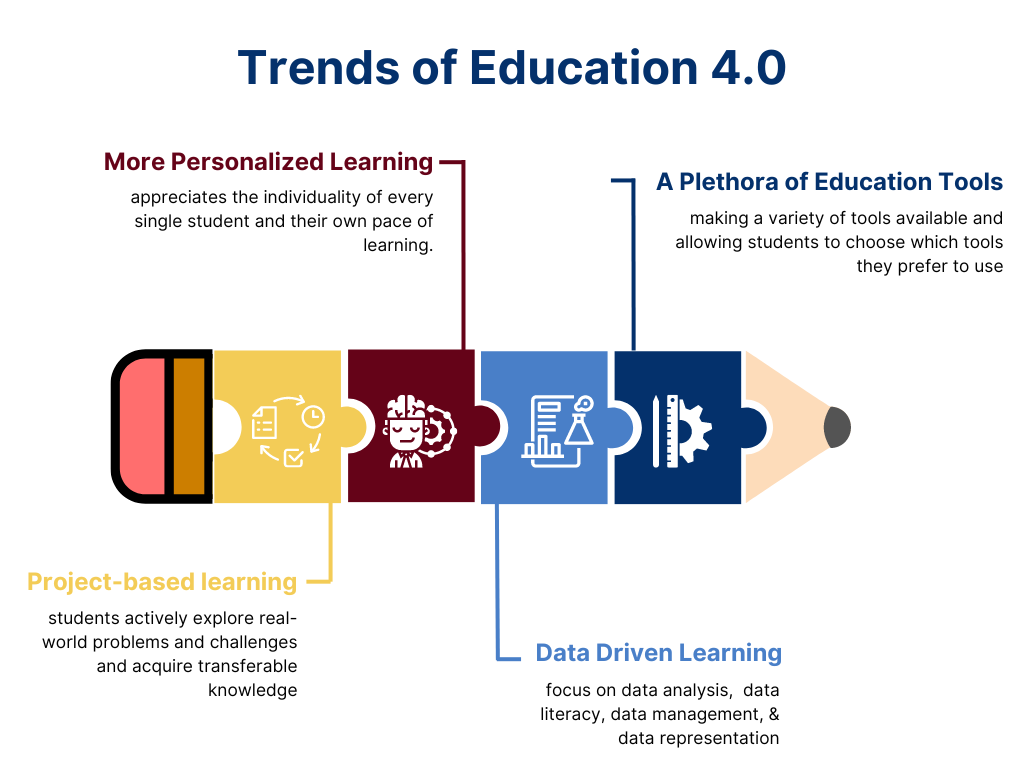
What Is Education 4.0?
Education 4.0 reflects the digital transformation sweeping across various sectors, mirroring the advancements in Industry 4.0. It advocates for a student-centric learning environment, utilizing AI, machine learning, and digital platforms to craft personalized and interactive educational experiences. The goal is to prepare students for a future dominated by digital proficiency and innovation.
Learn more about Education 4.0 and Industry 4.0 from this Learning.com article: Education 4.0 and the Future of Work.
Revolutionizing Reading with AR and AI
The introduction of LP Bookspace has been revolutionary in reading classes and libraries. This tool employs augmented reality (AR) to breathe life into static pages, transforming them into interactive 3D experiences. Imagine a student reading “The Boxcar Children” and the characters jumping off the page and speaking to them or having a character explain the concept of first and third person to them. The power of dialogic reading is executed privately and non-threateningly for students. No one can see that they got the answer wrong while getting assistance in locating the correct one, all offered by a friendly character from the book. This not only aids comprehension but also instills a sense of wonder and curiosity in the learning material.
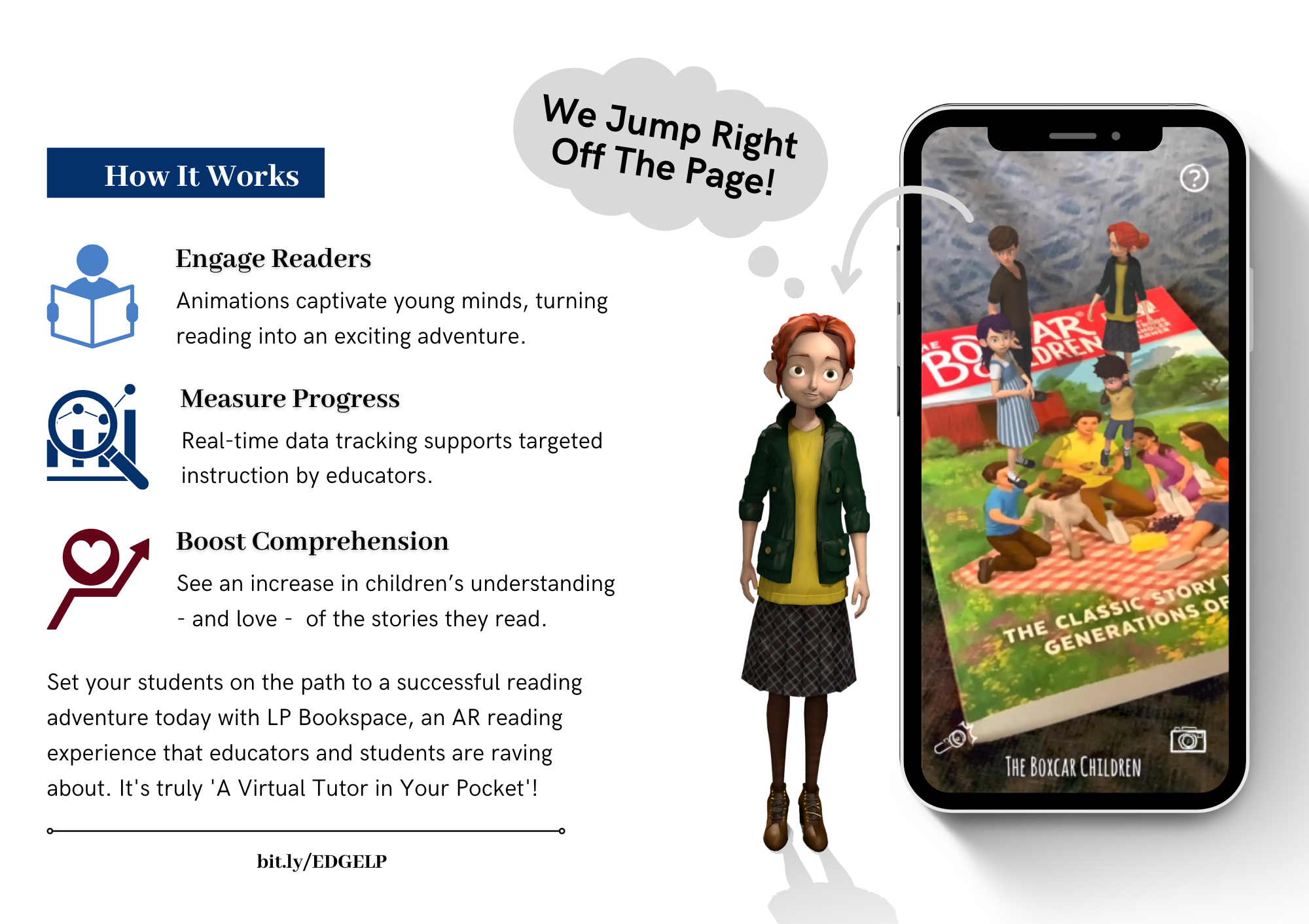
As educators, we all know the feeling of not having enough time. Worksheets AI, a free tool in beta, has become an indispensable tool for generating comprehension practice worksheets tailored to each student’s specific needs and proficiency levels. This personalization ensures that reading exercises are not one-size-fits-all but designed to meet students right where they are, challenging them just enough to foster growth without overwhelming them. Generating multiple worksheets in minutes allows us to easily assess students without adding more work to our already busy days!
Elevating Writing with Next-Gen Technology
Writing can be significantly enhanced with the introduction of digital tools. Worksheets AI offers a feature to generate writing organizers, assisting students in effectively structuring their thoughts and arguments. This guided approach to writing helps students develop a clear roadmap for their ideas, making the writing process less daunting and more accessible. Additionally, it can be used to offer personalized writing prompts based on students’ interests and proficiency levels, helping you tailor your teaching approach and make writing more engaging for students.
Tools like Ideamapper offer a visual approach to organizing ideas and information. This tool enables students to create mind maps that connect different pieces of information, enhancing writing skills and information retention. By visually organizing thoughts, students can better understand complex texts and develop critical thinking skills essential for navigating the information-dense digital age.
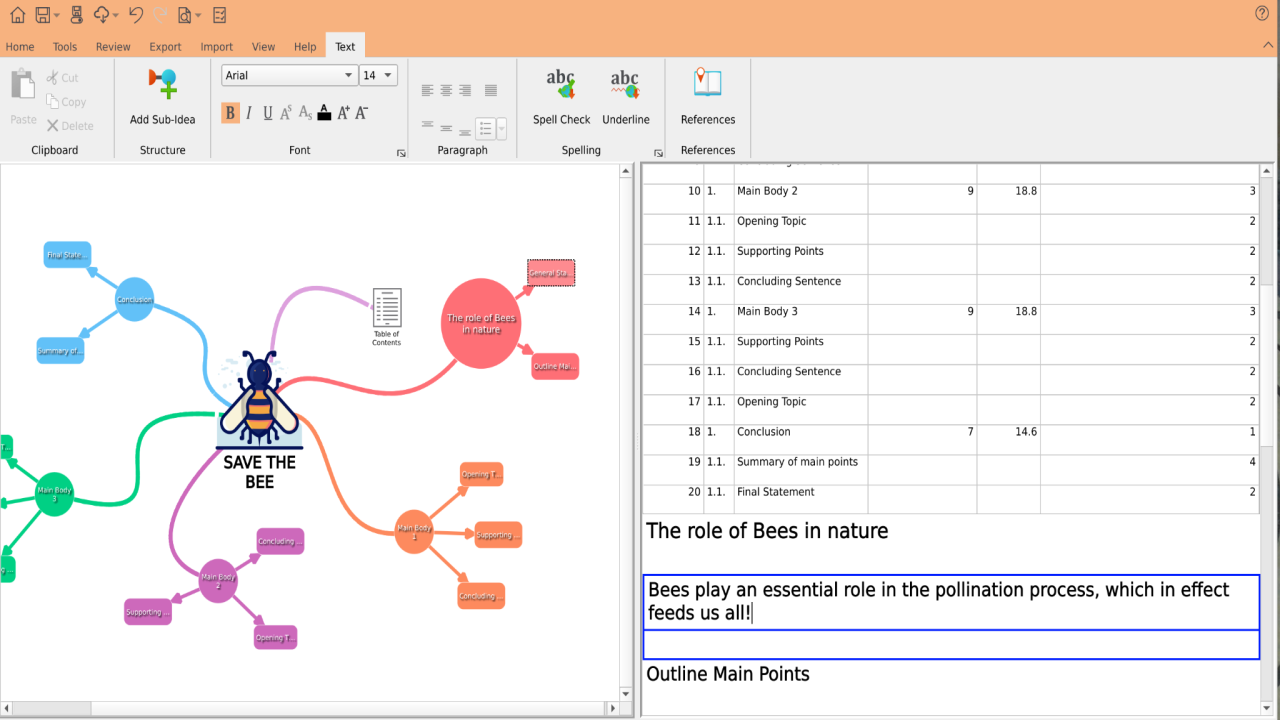
Ideamapper stands out by enabling students to visually organize, outline, cite, and even publish their work in one place, enhancing their ability to form coherent ideas and arguments. This fosters organization and critical thinking skills. Its split-screen feature displays a visual map and an editable outline side by side, simplifying the writing and editing process. Students can personalize maps with images, making learning more engaging. Moreover, Ideamapper allows effortlessly exporting completed work as Word, PDF, or presentations, showcasing its commitment to meeting educational needs in the digital era.
Research Reinvented: AI-Driven Exploration
Research, a fundamental aspect of learning, has been revolutionized by digital tools and AI. AI research assistants like Perplexity AI streamline the research process by quickly providing reliable sources and data on various topics. This saves time and teaches students how to discern credible information in an era of information overload.
Students need to understand plagiarism and when they should cite sources. Many don’t understand that a Google result isn’t always a valid source or simply don’t know where to begin when researching. The ability to conduct efficient, effective research is a crucial skill in the digital age, and AI tools are invaluable in developing this competency.
Ideamapper is also an excellent next-gen tool for raising students’ awareness and assisting them in citing the sources they locate. If students paste large amounts of data into their document, Ideamapper prompts them to cite the source of the information. Additionally, the platform has a built-in time stamp. The time stamp allows educators to easily see if progress was made at an unreasonable pace, allowing for probing and resolution prior to the final scoring process.
Perplexity AI is an indispensable research assistant. It guides students through the vast ocean of online information, helping them find credible sources and understand how to cite them properly, an essential skill in academic writing. By giving it a question or a short prompt, Perplexity AI will provide several sources where information on the topic can be found with links. Students can then visit the source to determine if it meets their needs. This tool supports students in their research endeavors and inculcates a sense of academic integrity and the importance of referencing.

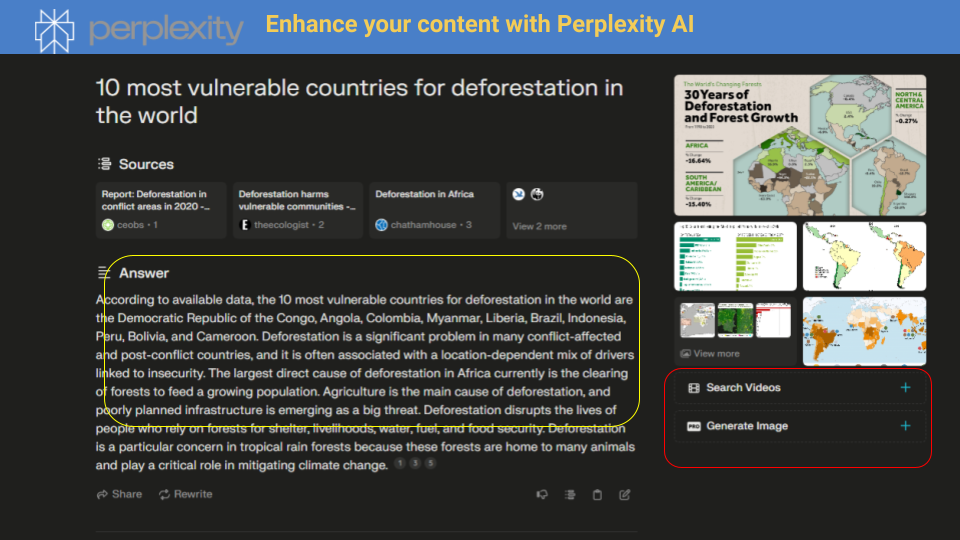
The Impact on Student Engagement
Integrating these innovative tools into education significantly boosts student engagement. Tailored, interactive learning experiences motivate students, making education more appealing. Furthermore, these tools equip students with the digital literacy skills essential for future success, ensuring they are well-prepared for the technological advancements that lie ahead.
Conclusion
Education 4.0 is reshaping how we teach and learn, emphasizing the importance of integrating AI and next-gen digital tools into educational practices. By leveraging next-gen technologies like Ideamapper, Perplexity AI, LP Bookspace, and Worksheets AI, educators can create more dynamic and personalized learning experiences. These tools enhance essential skills such as reading, writing, and research and prepare students for a digitally driven future. As we navigate this digital transformation, embracing these next-gen tools is crucial for fostering inclusive, engaging, and effective learning environments.

